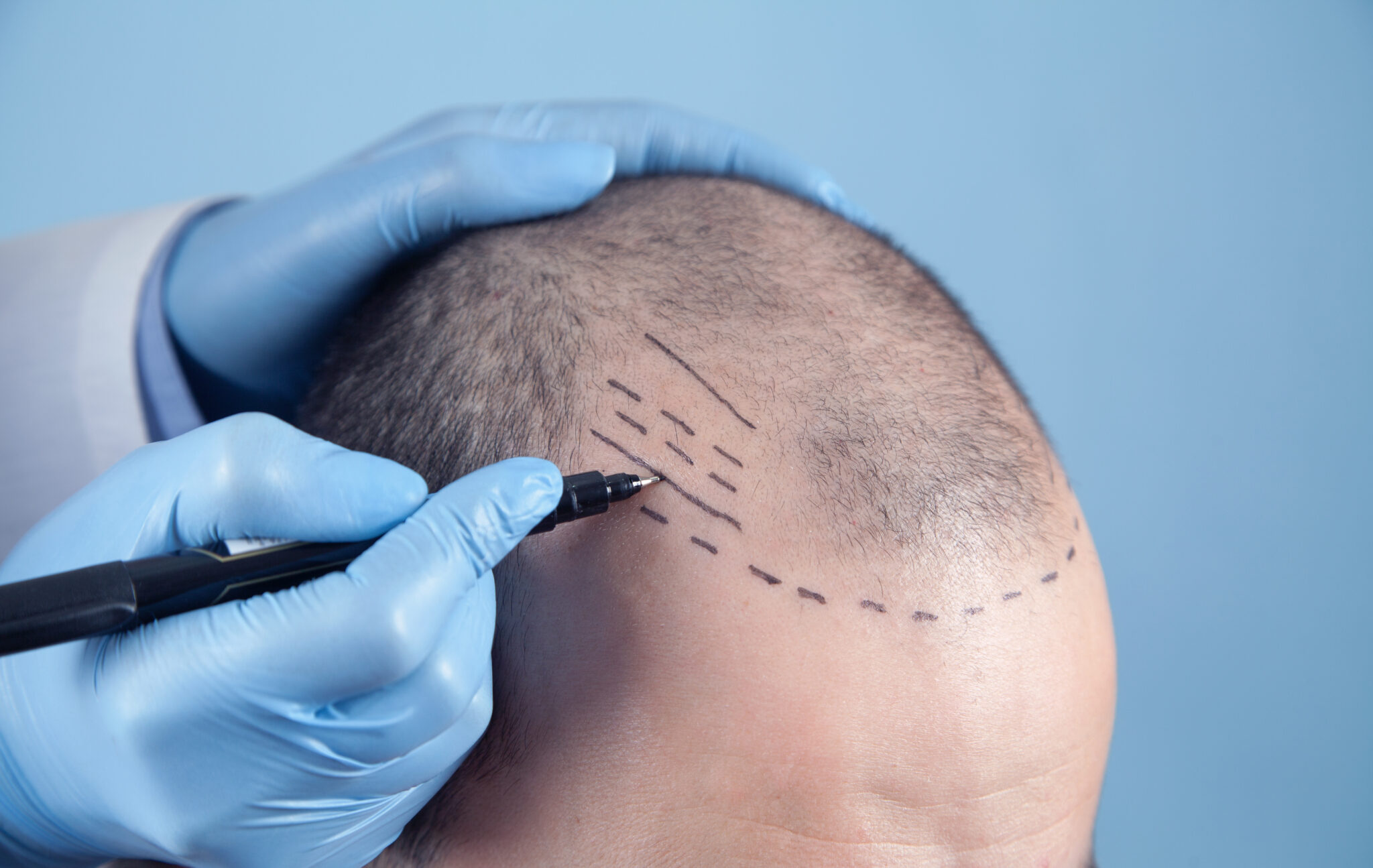Hair Transplant Recovery Tips from Riyadh Experts (666 words)
Undergoing a hair transplant in Riyadh is a significant step towards restoring a fuller head of hair and boosting self-confidence. However, the success of the procedure is not solely dependent on the surgery itself but also heavily relies on the post-operative care and adherence to recovery guidelines. Riyadh, with its numerous reputable hair transplant clinics and experienced surgeons, is a hub for hair restoration. Drawing upon the expertise of these Riyadh professionals, this guide provides comprehensive recovery tips to ensure optimal healing, graft survival, and a successful outcome.

Immediate Post-Operative Care (First 24-48 Hours)
The initial 24-48 hours following your hair transplant in Riyadh are crucial for the delicate grafts to settle and for the healing process to begin. Riyadh experts emphasize the following:
- Rest and Elevate: Get ample rest and keep your head elevated, even while sleeping. This helps to minimize swelling and promote drainage. Using multiple pillows can achieve the necessary elevation.
- Avoid Touching the Scalp: Resist the urge to touch, scratch, or rub your scalp, especially the recipient and donor areas. Accidental manipulation can dislodge the newly implanted grafts.
- Pain Management: You may experience mild discomfort or pain. Your surgeon will likely prescribe pain medication; take it as directed. Avoid aspirin or ibuprofen unless specifically advised, as they can increase bleeding.
- Ice Packs (Gently): Apply ice packs gently to the forehead and surrounding areas (not directly on the transplanted area) to help reduce swelling. Follow your surgeon's instructions on the frequency and duration of application.
- Strictly Follow Medication Instructions: Adhere to the prescribed antibiotics to prevent infection and any other medications provided by your surgeon.
- Avoid Strenuous Activity: Refrain from any strenuous activities, heavy lifting, or bending over, as these can increase blood flow to the scalp and potentially dislodge grafts or cause bleeding.
First Week of Recovery
The first week is critical for graft survival. Riyadh experts advise the following:
- Gentle Hair Washing: Follow your surgeon's specific instructions on when and how to wash your hair. Typically, this will involve using a mild, fragrance-free shampoo and lukewarm water. Avoid direct pressure on the transplanted area; gently pour water over your head.
- Avoid Direct Sunlight: Protect your scalp from direct sunlight by wearing a loose-fitting hat when outdoors. Sun exposure can hinder healing and potentially damage the new grafts.
- Continue Avoiding Strenuous Activity: Continue to avoid intense physical exertion, including exercise, for at least a week, or as advised by your surgeon.
- No Alcohol or Smoking: Refrain from consuming alcohol and smoking, as these can impair blood circulation and hinder the healing process, potentially affecting graft survival.
- Be Patient with Swelling and Bruising: Some swelling and bruising around the forehead and eyes are normal. These should subside gradually over the first week. Contact your clinic if the swelling is excessive or accompanied by pain.
- Attend Follow-Up Appointments: Ensure you attend all scheduled follow-up appointments with your Riyadh clinic. Your surgeon will monitor your progress and provide further guidance.
Weeks 2-4 of Recovery
As the initial healing progresses, Riyadh experts recommend focusing on:
- Gradual Return to Normal Activities: You can gradually resume light activities as advised by your surgeon. Avoid high-impact exercises for a longer period.
- Continue Gentle Hair Care: Continue washing your hair gently as instructed. You may notice some shedding of the transplanted hair (shock loss), which is a normal part of the process. New growth will follow.
- Avoid Scalp Irritation: Avoid using harsh hair products, dyes, or chemicals on your scalp during this period.
- Sun Protection Remains Crucial: Continue to protect your scalp from sun exposure.
- Be Patient with Growth: Understand that significant hair growth will take several months. Focus on following the recovery guidelines diligently.
Long-Term Recovery (Months 1-12+)
The long-term recovery phase is about nurturing the new hair growth. Riyadh experts emphasize:
- Patience is Key: Hair growth is a gradual process. You will likely see noticeable growth around 3-4 months, with more significant results appearing between 6-12 months.
- Follow Surgeon's Advice on Hair Care: Continue to follow any specific hair care recommendations provided by your surgeon.
- Consider Supportive Treatments: Some Riyadh clinics may recommend supportive treatments like PRP (Platelet-Rich Plasma) therapy or low-level laser therapy to promote hair growth. Discuss these options with your surgeon.
- Maintain a Healthy Lifestyle: A balanced diet, regular hydration, and stress management can contribute to healthy hair growth.
- Protect Your Hair: Be mindful of protecting your hair from excessive sun exposure and harsh styling practices in the long term.
- Realistic Expectations: Understand that the final results may take up to 12-18 months. Be patient and maintain realistic expectations.
Seeking Expert Advice in Riyadh
Choosing a reputable clinic in Riyadh ensures access to experienced surgeons and comprehensive post-operative care instructions tailored to your specific needs. Don't hesitate to contact your clinic if you have any concerns or questions during your recovery. They are the best resource for personalized advice and guidance.
By diligently following these recovery tips from Riyadh experts, you can significantly enhance the success of your hair transplant, promote optimal healing, and look forward to enjoying the long-term benefits of a fuller, natural-looking head of hair. Remember that patience and adherence to your surgeon's instructions are paramount throughout the recovery journey.

